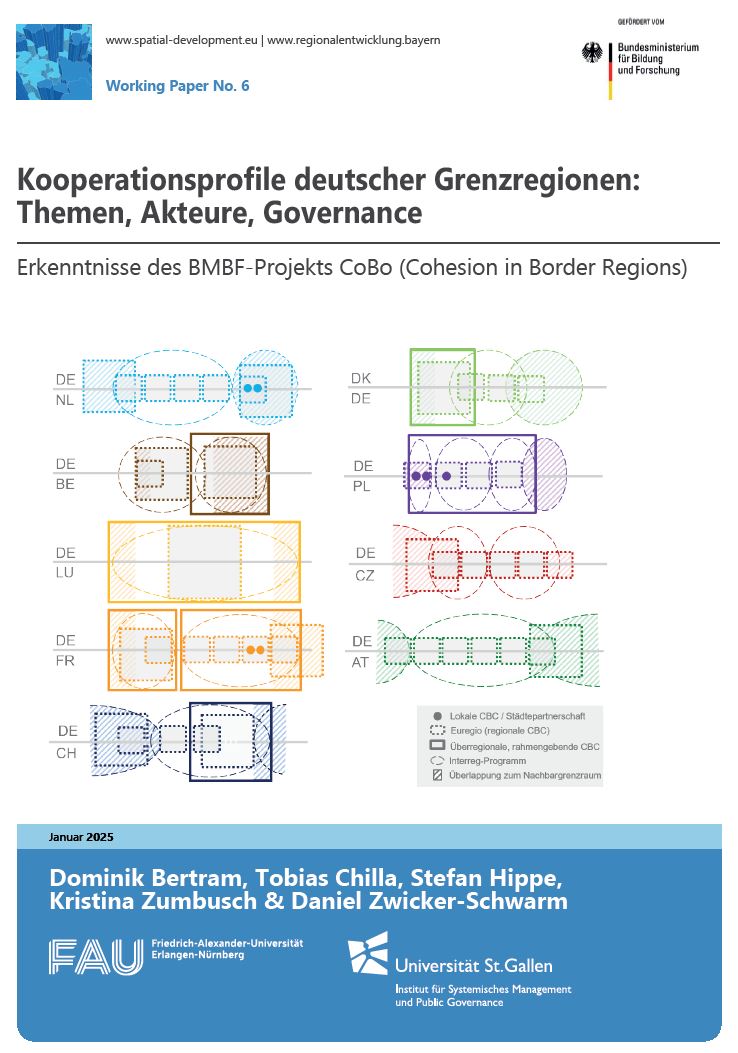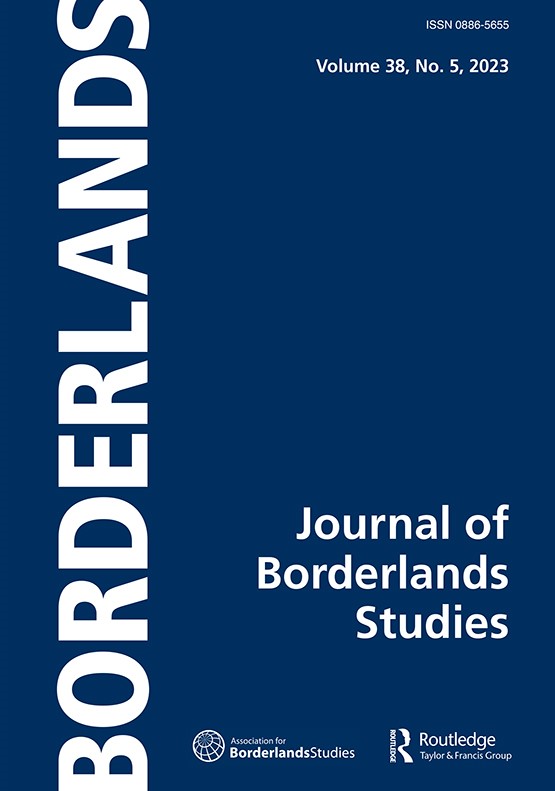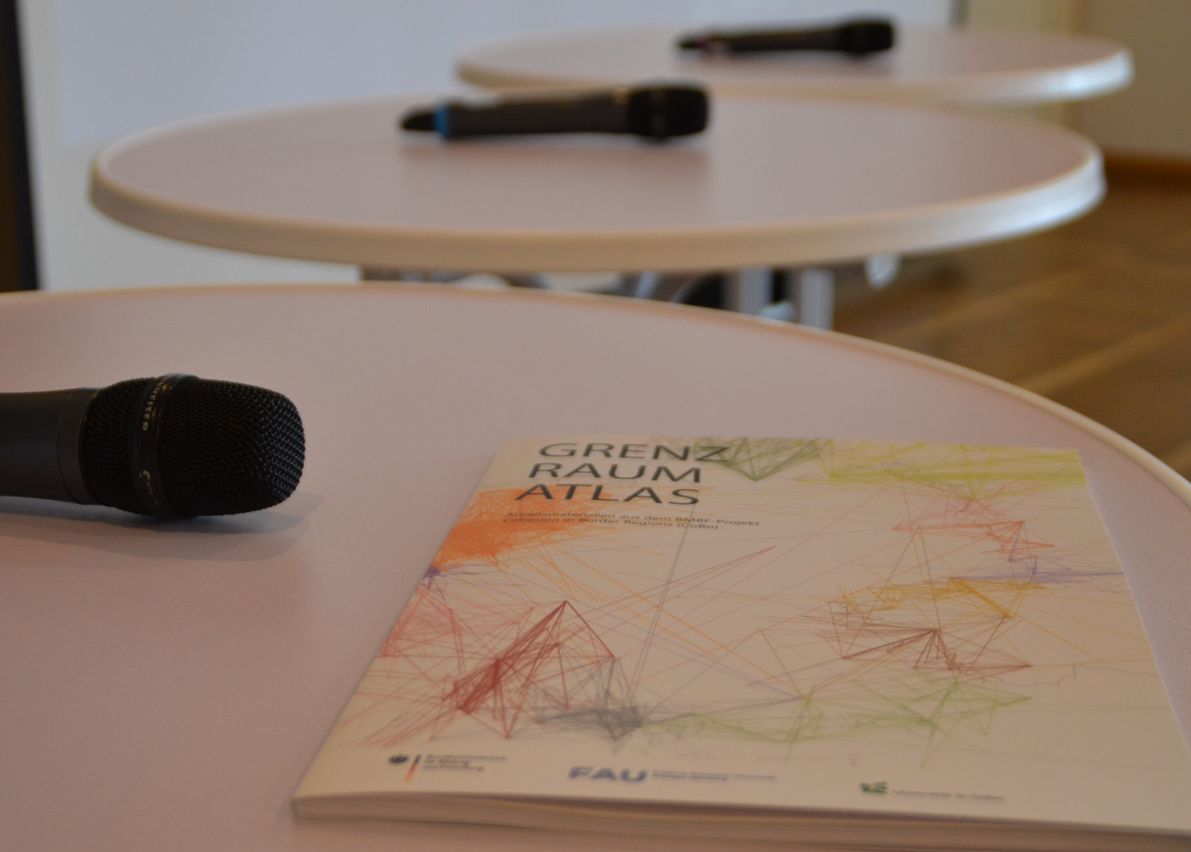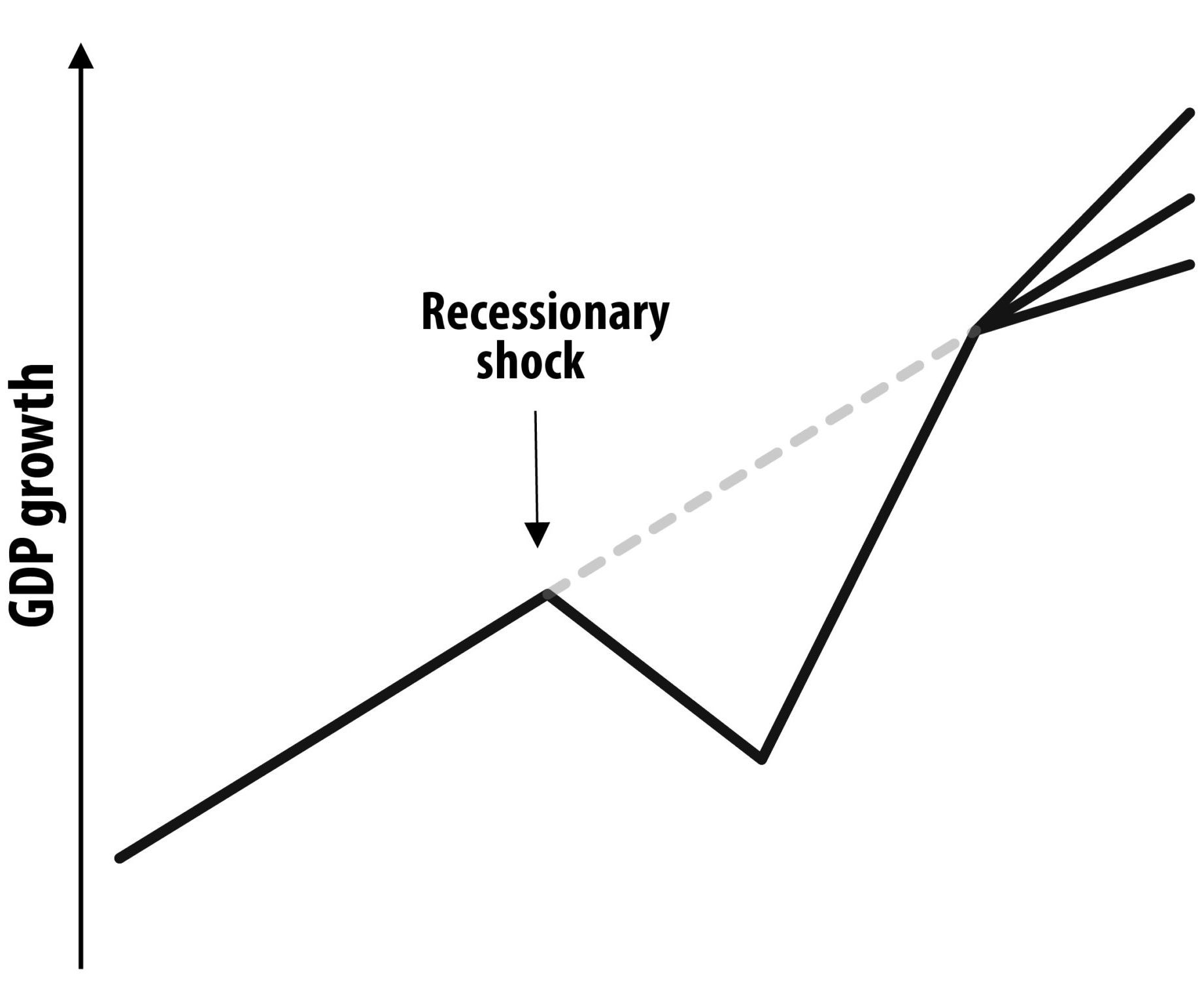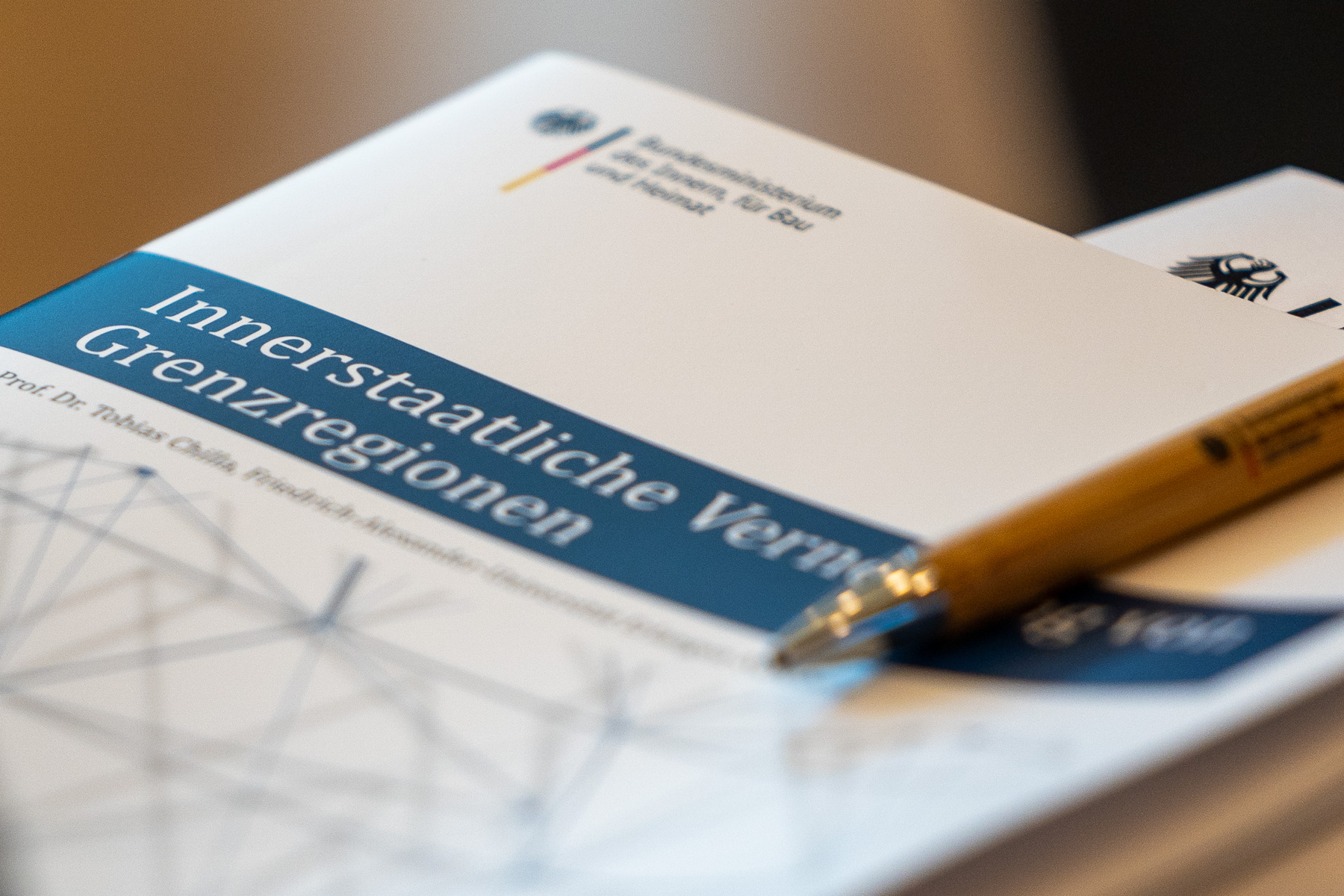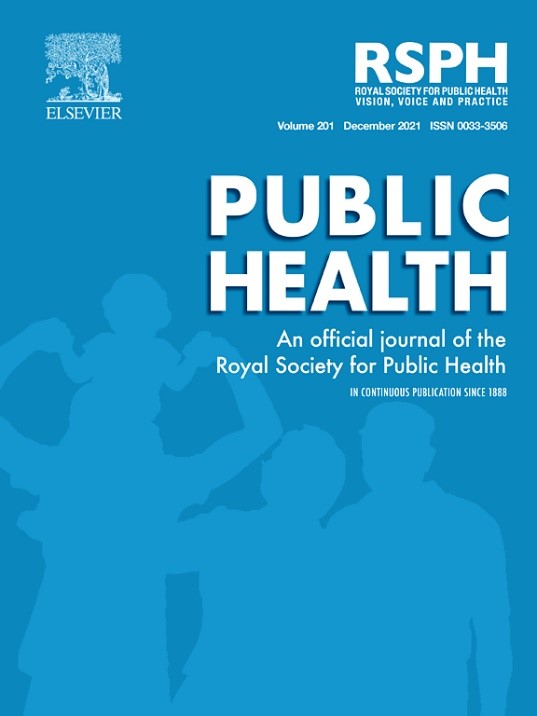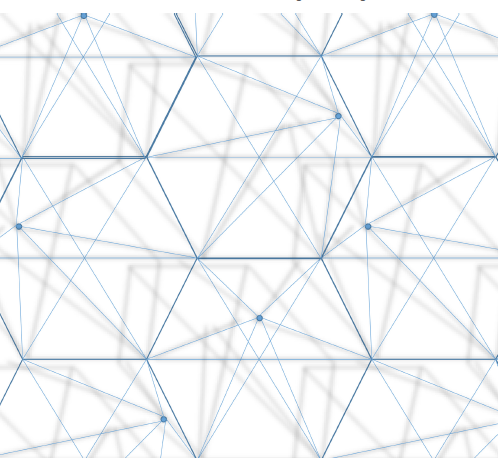Kooperationsprofile deutscher Grenzregionen: Themen, Akteure, Governance
Viele Facetten der europäischen Integration werden an den Binnengrenzen Europas besonders deutlich. Das vom Bundesministerium für Bildung und Forschung geförderte Projekt ‚Cohesion in Border Regions (CoBo)‘ hat die Organisation des Zusammenhalts in den Grenzregionen Deutschlands mit seinen Nachbarländern untersucht und bestehende Potenziale ausgelotet (Laufzeit 2021 bis 2023). Die unterschiedlichen Governance-Strukturen der Grenzregionen, ihre Themen, Herausforderungen und Potenziale und die ...

